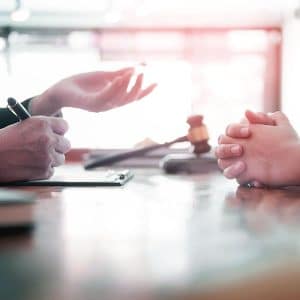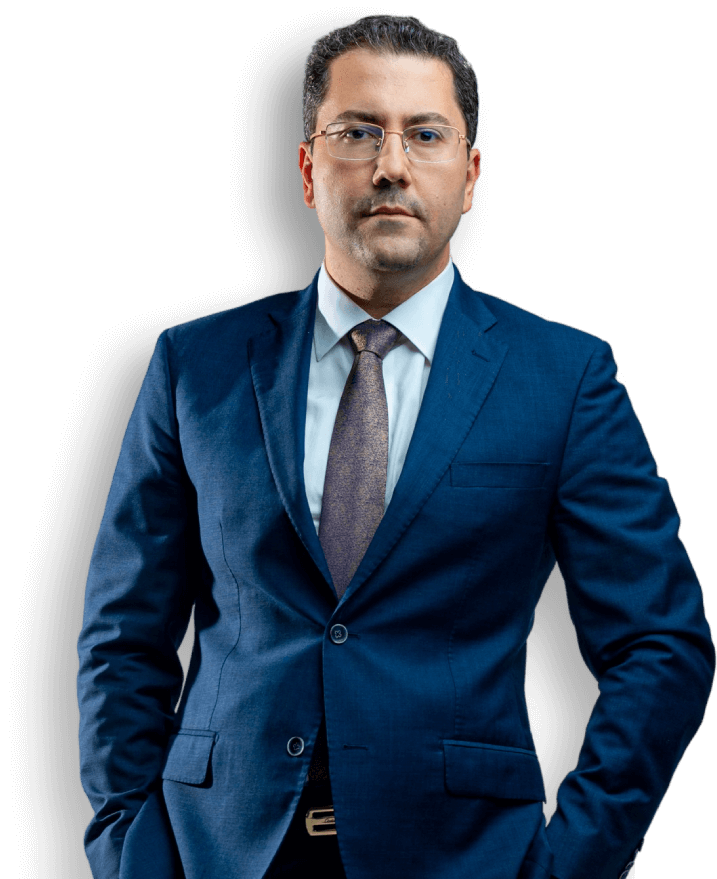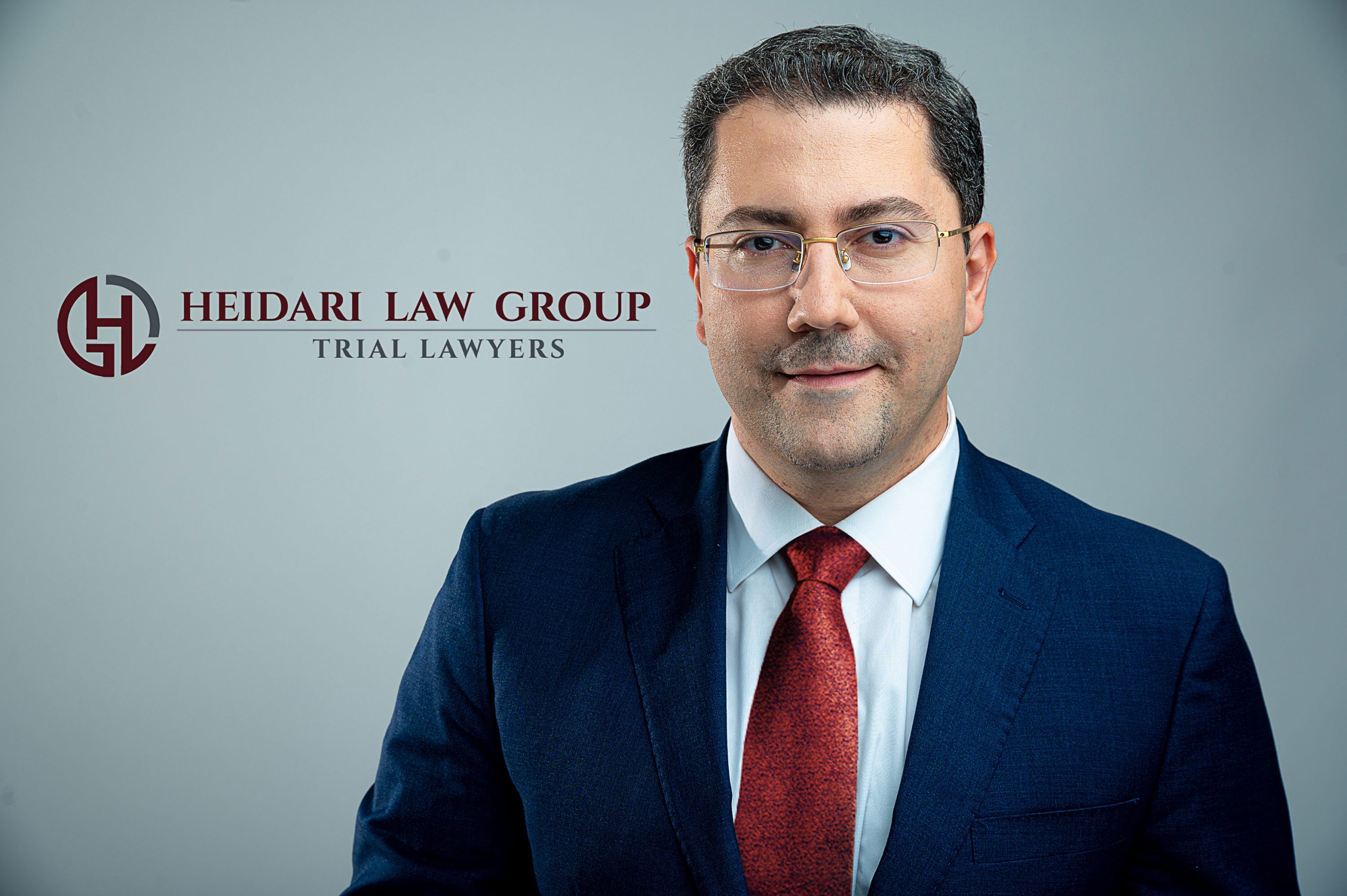Navigating a personal injury case can be overwhelming, especially when events unfold rapidly. Imagine this scenario: one day, everything is normal. You feel great, and the weather is beautiful. Suddenly, someone runs a red light and hits your car at 45 MPH. You find yourself injured in a car accident, and an ambulance rushes you to the hospital, where you receive treatment for your injuries. Now, as you begin your recovery, you may wonder: What are the next steps in a personal injury lawsuit?
Immediate Steps After a Car Accident
The first crucial step after a car accident is to seek medical attention. Your health and well-being are the top priority. Ensure that all injuries, even those that seem minor, are thoroughly examined and documented by medical professionals. According to the National Safety Council, car accidents resulted in over 4.8 million medically consulted injuries in the United States in 2022.
Documenting the Incident
Once you have received the necessary medical care, it’s essential to document everything related to the accident. This includes obtaining a copy of the police report, gathering witness statements, and taking photographs of the accident scene and your injuries. This documentation will be vital for your personal injury case.
Consulting a Personal Injury Attorney
After documenting the incident, the next step is consulting with a personal injury attorney. An experienced attorney can help you understand your rights and guide you through the legal process. They will assist you in filing a claim, negotiating with insurance companies, and representing you in court if necessary. According to a study by the Insurance Research Council, individuals who hire attorneys receive settlements that are 3.5 times higher than those who do not.
Filing a Personal Injury Claim
Your attorney will help you file a personal injury claim against the at-fault party. This involves submitting all necessary documents and evidence to support your case. The claim will include details about the accident, the extent of your injuries, and the financial impact it has had on your life.
Negotiating a Settlement
Most personal injury cases are settled out of court. Your attorney will negotiate with the at-fault party’s insurance company to reach a fair settlement. This process can take time, but it’s essential to ensure that you receive compensation that covers medical expenses, lost wages, and other damages.
Going to Trial
If a fair settlement cannot be reached, your case may go to trial. During the trial, both sides will present evidence and arguments, and a judge or jury will determine the outcome. It’s essential to have a skilled attorney by your side during this process.
Recovery and Moving Forward
While the legal process is ongoing, focus on your recovery. Follow your doctor’s advice, attend all scheduled medical appointments, and participate in any recommended rehabilitation programs. The goal is to return to your everyday life as much as possible.
There are several steps involved in a personal injury lawsuit that a victim can expect, which are outlined below to give you an idea of what to expect in your case. Always consult with your attorney for each step of a personal injury lawsuit.

Medical Treatment
Seeking medical treatment immediately after an accident is the first and most crucial step to ensure you receive proper care for your injuries. Whether you visit your primary care doctor or go to the emergency room, prompt medical attention is essential for several reasons.
First and foremost, your health and safety are the top priority. Receiving a professional evaluation can help identify injuries that may not be immediately apparent. Some injuries, such as internal bleeding or concussions, can manifest symptoms later and become life-threatening if not treated promptly.
Secondly, seeking medical care immediately after an accident is crucial for accurately documenting the extent and severity of your injuries. This documentation is vital when filing insurance claims or seeking legal recourse. Insurance companies often scrutinize the timeline of medical treatment, and delays can be used to downplay the severity of your injuries or even deny your claim altogether.
Consultation with a Personal Injury Attorney

To initiate a case, it is advisable to consult with a personal injury lawyer regarding your accident. Many attorneys offer free consultation services to review your case, with no charge.
The Lawyer will Investigate the Claim.
When handling a personal injury case, a thorough review of all relevant information is crucial. Attorneys meticulously examine a wide range of documents and evidence to build a robust case for their clients. This process involves evaluating medical records, treatment details, police reports, witness statements, video footage, and the associated costs of damages.
Gathering and Analyzing Medical Records
Medical records and treatment details are essential components of the review process. These documents provide a clear picture of the injuries sustained, the treatments administered, and the long-term impact on the victim’s health. By analyzing these records, the attorney can establish a direct link between the accident and the injuries.
Examining Police Reports and Witness Statements
Police reports and witness statements offer critical insights into the circumstances surrounding the accident. The police report often contains the official account of the incident, while witness statements can provide additional perspectives. Both sources help the attorney understand the sequence of events and identify any discrepancies or corroborations.
Reviewing Video Footage
Video footage from traffic, dash, or surveillance cameras can be invaluable for reconstructing the accident. This visual evidence can reveal crucial details that might not be evident from written reports alone. Attorneys use this footage to verify facts and support their client’s claims.
Assessing the Costs of Damages
Determining the financial impact of the accident involves calculating costs such as medical expenses, property damage, lost wages, and other associated costs. A comprehensive assessment helps in seeking appropriate compensation for the victim.
By meticulously reviewing all this information, attorneys can gain a deeper understanding of the accident and the extent of the damages incurred. This thorough analysis forms the foundation of a robust legal strategy designed to achieve the best possible outcome for their clients.
The Lawyer will demand a settlement—lawyer / Insurance Claim
Once you have reached your peak in your medical recovery, the Lawyer will determine if the Case can be settled. If so, then the Lawyer will send a demand letter to the other attorney or insurance company. You must reach your peak in recovery to fully understand the long-lasting injuries and financial expenses that have accumulated as a result of the injury.
If there is no settlement reached or the negotiation stalls, the next step would be to initiate litigation by filing a complaint.
A Complaint is Filed (The Beginning of a Lawsuit)
The complaint is the beginning of a personal injury lawsuit. Your attorney will file a case in the correct civil court and will have information on the plaintiff’s case against the defendant. Typically, the complaint lists the parties involved and includes all relevant facts related to the legal claims. A summons will also be filed to let the defendant know they are being sued.
Defendant Responds (Answers)
A response is the next step for the defendant, as they have been served the summons and complaint. This response is called the defendant’s “Answer.” The defendant will hire an attorney and will respond to the complaint.
Discovery
The discovery process begins so that both parties can review all the information involved in the personal injury case. Each party must request specific information they are seeking in the discovery process, and the attorney must make these requests. Depositions will also be ordered as part of the discovery process, and questions will be asked for the parties involved. The discovery phase will help your attorney gather evidence for the case.
Depositions
During the discovery phase, depositions will likely be taken from both parties. A deposition is the process by which a witness provides sworn and out-of-court testimony during a question-and-answer meeting. The intent of a deposition is for both parties to have the opportunity to discover all of the facts from one another, or even a third party. This evidence can be used and is documented in a transcript that may be presented in court. Please consult with your attorney about the deposition process.
Mediation and Negotiation
After the discovery, mediation (negotiation) will take place to help possibly settle the case before it goes to trial. Mediation will most likely involve a third party, the Mediator, and will help both parties reach a mutually agreed-upon resolution. This is part of the alternative dispute resolution (ADR) process and can involve mediation, arbitration, or dismissal of the lawsuit. During mediation, the mediator will not force anyone to settle; instead, they will help identify the strengths and weaknesses of each party’s case. Most cases settle out of court through mediation, arbitration, or settlement and never reach a courtroom trial. It is best to intervene in the dispute and try to resolve it through a settlement. If an agreement and settlement cannot be reached, the next step is for the lawsuit case to proceed to trial.
Trial
A trial is a lengthy process and a formal court proceeding for the review and examination of evidence before a judge and jury (in most cases), which will decide who is legally responsible for the personal injuries in the lawsuit.

A full trial for a personal injury case typically follows the following steps.
- A jury will be selected for the case
- Opening statements will be given for each party to outline the facts
- Evidence, witness testimony, and cross-examining the witness with questioning by the Lawyer
- Closing argument, Lawyer’s statements based on the evidence presented
- The judge will instruct the jury on the laws that will guide their deliberation. (Judge’s charge to the jury)
- Jury deliberation will then take place in a separate room to decide the verdict.
- A verdict is reached, determining whether the plaintiff or the defendant is the prevailing party, and possible damages are awarded.
- The judge will make a judgment based on the jury’s verdict. The judge may also adjust the jury’s damages.
There are more details and processes involved in how a trial works, so be sure to consult with your attorney to determine the next steps.
Appeal
If the losing party does not like the trial’s result, they can appeal. A tiny percentage of cases are appealed, but they can be appealed and sent to an appellate court. The appellate court will review the case, including each party’s brief and the evidence on record, as well as the previous outcome of the case. If the appellate court finds any errors in the trial or legal aspects, it may reverse the judgment (verdict) and order a new trial.
Personal Injury Trial Lawyer
After reviewing the steps and what’s involved in a personal injury case, ensure you have the best legal representation available. A legal team with a personal injury trial lawyer who has the experience and is ready to handle your case every step of the way. This will ensure you achieve the best possible outcome for your personal injury case every step of the way. For more information on how the court works, legal procedure, and detailed information for the steps of a trial, check out the American Bar Association’s section on How Courts Work.
***Disclaimer: The content of this webpage, created by Heidari Law Group, is intended solely for educational purposes. While it endeavors to provide a general understanding of the law, it should not be construed as specific legal advice. Accessing and reading this site does not establish an attorney-client relationship with any member of Heidari Law. Furthermore, please note that the legal landscape is constantly evolving, which may render some information outdated or inapplicable.



